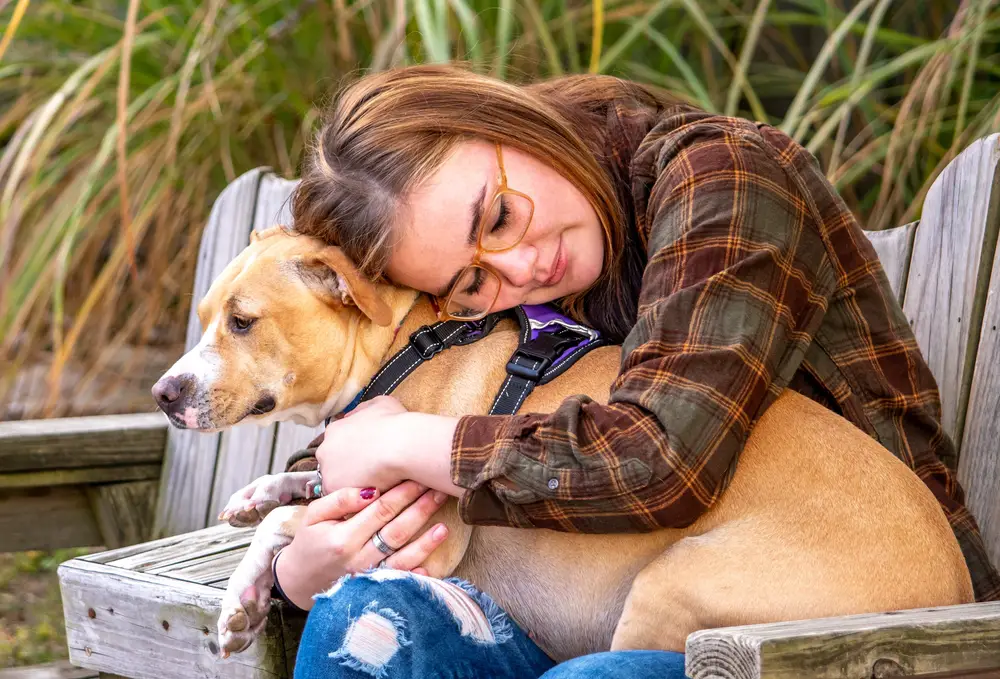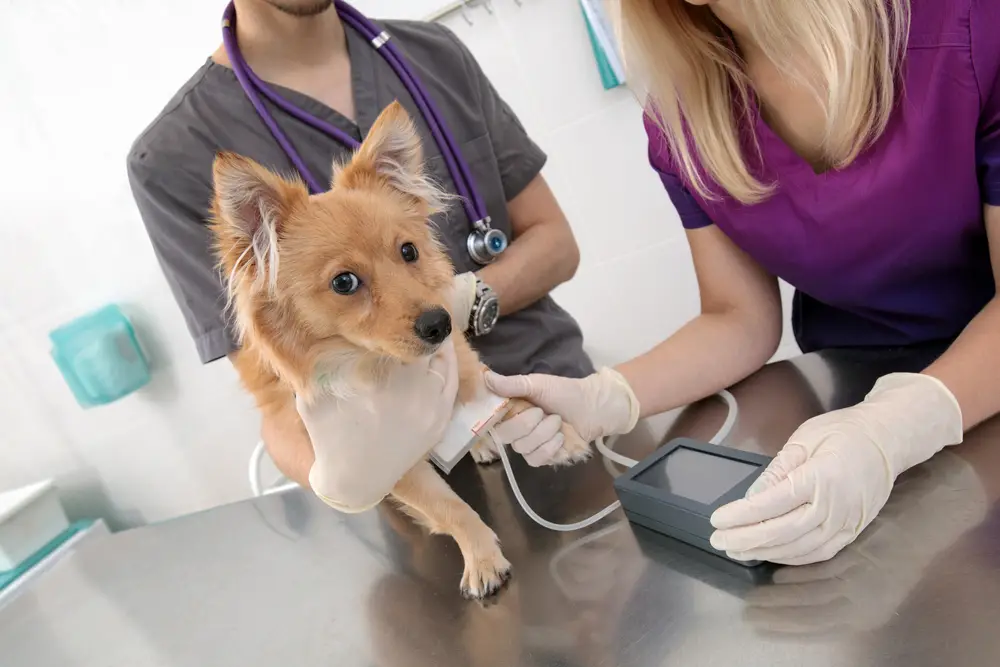1. Cancer Cells
Dogs can sniff out certain cancer cells, including lung, breast, and skin cancer. They can detect the volatile organic compounds (VOCs) emitted by cancer cells, even in their early stages, by smelling a person’s breath or skin.
2. Blood Sugar Levels
A drop or spike in blood sugar can be dangerous for people with diabetes. Dogs can smell changes in blood sugar levels, even before symptoms appear. They alert their owners to act, helping prevent serious health issues.
3. Seizures

Dogs can detect subtle changes in a person’s scent before a seizure occurs. Many seizure-alert dogs are trained to alert their owners, sometimes giving them enough time to find a safe place to sit or lie down.
4. Stress and Anxiety
Dogs can smell the hormonal changes related to stress, including increased cortisol levels. This is why they’re so in tune with our emotions, often providing comfort when we’re anxious or stressed without us saying a word.
5. Pregnancy
Pregnancy causes hormonal changes in the body that affect a woman’s scent. Dogs are often among the first to sense a pregnancy, even before physical symptoms appear, due to their keen ability to detect these hormonal changes.
6. Ovulation and Menstrual Cycles
Dogs can detect changes in scent during ovulation and menstruation. This is especially useful in dogs trained to assist with reproductive health, but even pet dogs may show increased interest in their owners during certain phases of their cycle.
7. Diseases Like Parkinson’s and COVID-19
Research shows dogs can detect diseases like Parkinson’s and COVID-19 through scent. They can smell the chemical changes in sweat, saliva, and skin, potentially identifying these illnesses faster than some medical tests.
8. Different Emotions
When we experience emotions like fear or excitement, our body releases chemicals that dogs can detect. That’s why they might respond differently depending on how we feel—they’re literally picking up on our emotional state!
9. Certain Drugs and Illegal Substances

Dogs are trained to detect a range of drugs, from marijuana to opioids, with impressive accuracy. They can detect even trace amounts, making them invaluable for law enforcement and safety purposes.
10. Changes in Blood Pressure

A dog’s sense of smell is so finely tuned that it can detect changes in blood pressure. This ability is particularly helpful for people who experience hypertension or hypotension, as a dog may alert them to sit down or seek medical help.
11. Weather Changes and Natural Disasters
Dogs have been known to sense earthquakes, thunderstorms, and other natural events before they happen. It’s believed they can smell changes in the air and possibly in the earth itself, which gives them an uncanny sixth sense for upcoming weather events.
12. Dead Skin Cells

Our bodies are constantly shedding skin cells, and dogs can smell these tiny particles in the air. This is part of how they can track people and locate missing persons, as they follow the unique scent trail left by these cells.
13. Bed Bugs and Termites
Pest control companies often use dogs to detect bed bugs and termites. Dogs can smell these pests even in tiny amounts, allowing pest control teams to locate infestations before they spread out of control.
14. Explosives and Firearms
Certain dogs are trained to detect explosives and firearms by identifying specific chemical compounds. Their sensitivity allows them to find dangerous items that are hidden, which is crucial in security situations.


